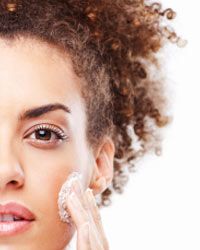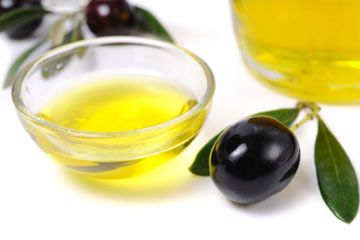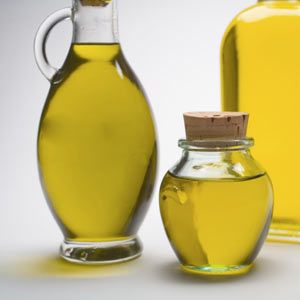Shiny, greasy-looking skin with large pores -- the hallmarks of oily skin. Oily skin not only looks shiny and greasy, it is -- it has excess sebum. Sebum is the natural fatty, oily substance produced by the body's sebaceous glands and secreted through our hair follicles to keep our skin and hair soft and healthy. These glands are all over the body, but most are concentrated on the face, chest, shoulders and upper back. When the body makes too much sebum, a state called hyperseborrhea, pores can become clogged by the excess. That excess oil, along with old skin cells and bacteria that have become trapped by sebum, can cause acne. While having oily skin doesn't necessarily mean you have a problem with acne breakouts, many people with this type of skin do also find they're fighting blemishes.
If sebum is the problem, let's get rid of it, right? Well, it's not that simple. You don't want to strip away all of the sebum when taking care of your oily skin, and it's a tough balance to strike when products designed for oily skin are often harsh and can over-dry skin. It's a myth that people with oily skin don't need to moisturize -- dermatologists recommend you add a moisturizer to your daily skin care routine to help combat the harsh drying effects of these oil-busting products.
Advertisement
The goal of moisturizing your skin is to hydrate your skin, and to do that you don't need to add oils. Let's begin our 10 tips for moisturizing oily skin by figuring out what types of moisturizers are out there and what they do.




